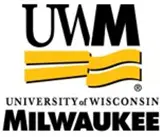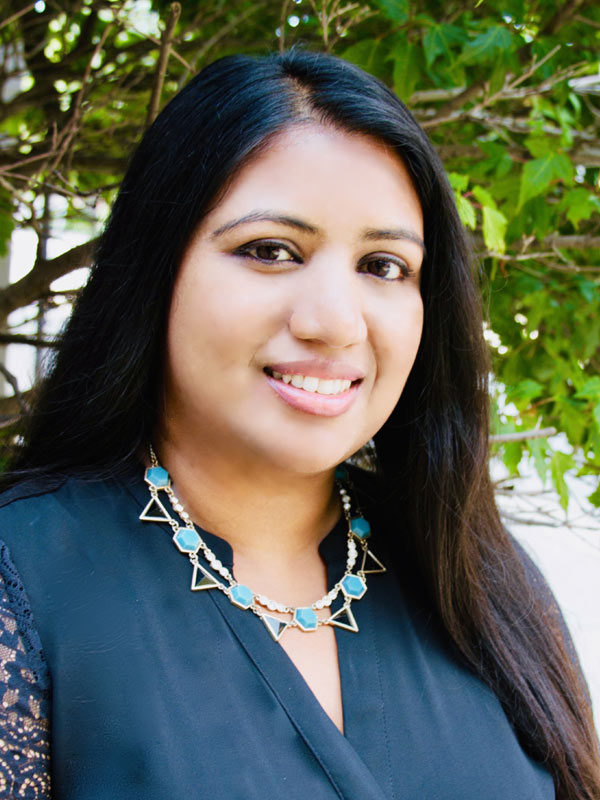
Dulmini Jayawardana
Research Interests
- human-environment interactions
- social and environmental justice
- community development/ international development
- sustainable development and policy
- community-engaged participatory research and practice
- amplification of local knowledge
Program Advisor: Holifield
See What We See: Stories of environmental stewardship in Lindsay Heights. A photovoice exhibition.
At the Milwaukee Public Library – Central Library
First floor
814 W Wisconsin Avenue, Milwaukee WI, 53233
On view July 8 to July 18, 2024
| Q & A session 1 (at community room) Date & Time: July 8th from 5 pm to 5.45 pm Exhibition tours: from 6 pm to 7 pm |
Q & A session 2 (at community room) Date & Time: July 15th from 5 pm to 5.45pm Exhibition tours: from 6 pm to 7 pm |
Join the photovoice team for two Q & A sessions, followed by photovoice team-led exhibition tours, where we will share snapshots of our photos and stories.
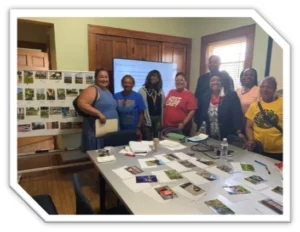
See What We See: Stories of environmental stewardship in Lindsay Heights is an exhibition that showcases photographs taken by a group of Lindsay Heights community members-Maria Beltran, Teresa Thomas-Boyd, Ramona Curry, Cheryl Ferrill, Marie Gordon, Geneva Jones, Rasammar Nsoroma, Christal West and Jarvis West, who participated in a photovoice project from June 2023 to March 2024. It was guided and facilitated by UWM PhD student Dulmini Jayawardana. Photographs on display represent these community members’ lived experiences, stories, memories, emotions, perspectives, and knowledge about various aspects of environmental stewardship in Lindsay Heights.
How did it all start?
As part of her dissertation research, in the Department of Geography, Dulmini is exploring what civic environmental stewardship means, and how best to cultivate it, in inner-city communities. We proposed one way of finding answers to this question would be through a photovoice project.
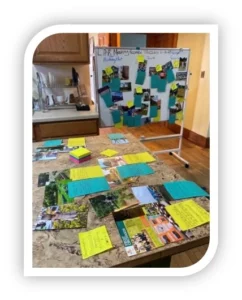
What is photovoice?
Photovoice is a participatory visual qualitative research methodology developed by researchers Caroline Wang and Mary Ann Burris (Wang and Burris, 1997). It uses participant-generated photographs with discussions as a way of amplifying community voices, who are often marginalized and achieving personal and social change. All participants in photovoice are co-researchers and play a major role in research. We plan on understanding aspects of environmental stewardship with a focus on lived experiences, through creating shared conversations about stewardship using participants’ photographs and stories.
So, we decided to embark on a photovoice journey in collaboration with our community partner, City as Living Laboratory, through the Milwaukee WaterMarks project. The idea of telling environmental stewardship stories though photographs was piloted with a group of participants who attended a Lindsay Heights neighborhood walk (May 2022) and a workshop (November 2022) conducted by WaterMarks. The success of this piloting inspired us to do a longer -term photovoice project with a group of Lindsay Heights community members.
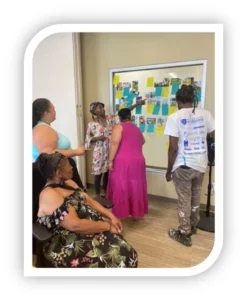
This photovoice project was developed to engage community members in exploring and connecting with their environment through the creative medium of photography and to have critical conversations about different aspects of environmental stewardship in Lindsay Heights neighborhood. It was also designed for community members to organize around the issues we identified and to inform policy makers to bring about change they like to see in their neighborhood.
This exhibition will also serve our community partner WaterMarks as one of their activation events in the Lindsay Heights neighborhood.
What to expect at the Lindsay Heights photovoice exhibition?
Photovoice often culminates in a public photo exhibition to share the findings of the project with a wider audience. At our exhibition you will see how the participants used photography to tell their stories of environmental stewardship in Lindsay Heights. Through their photographs, we are given insight into positive and negative aspects of caring for, protecting, and being responsible users of the environment in their neighborhood. These stories share accounts of environmental injustice, gardening, orchards and food solutions, environmental caretaking, toxic environments, health, and wellness, history, art and environment, community gatherings, among others.
Lindsay Heights is a historic, predominantly African American inner-city neighborhood in Milwaukee, that went through redlining and disinvestment. But it has been resilient, employing grassroots, resident-led initiatives, and collaborations to revitalize the neighborhood, and it was named as the first eco-neighborhood in Milwaukee in 2018.
This exhibition celebrates and brings awareness to these acts of resilience and victories in Lindsay Heights, while also bringing awareness to issues and concerns that need to be addressed. As we share this exhibition with you, we continue to seek ways to amplify community voices that are often excluded or underrepresented in scholarship and media and make sure their voices are heard and valued in decision-making processes around their neighborhoods, and beyond.
Past Exhibitions
Dates: April 8 – April 12, 2024
Location: Milwaukee City Hall Rotunda, 200 E Wells St, Milwaukee, WI 53202.
Opening Reception: Monday, April 8, 2024 | 6 – 9 p.m.
Times for viewing:
- April 9 – April 11, 2024: 9:00 am – 4.30 pm
- April 12, 2024: 9:00 am to 2:00 pm
This photovoice project was made possible thanks to our community partner City as Living Laboratory, through the Milwaukee WaterMarks Project. It is funded through an Advancing Informal STEM Learning (AISL) Grant from the National Science Foundation (#2115637). The photovoice exhibition is curated by Dulmini and the photovoice participants.
